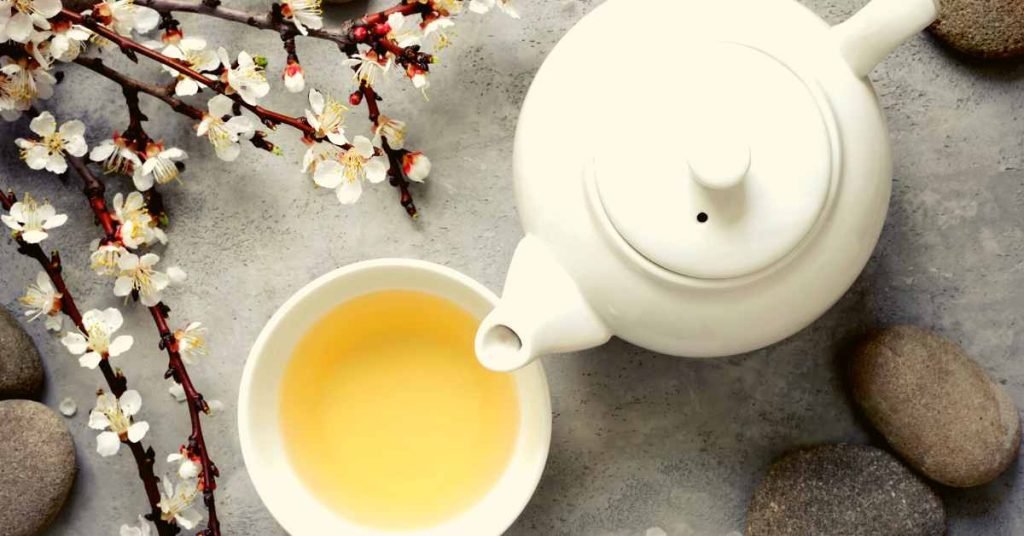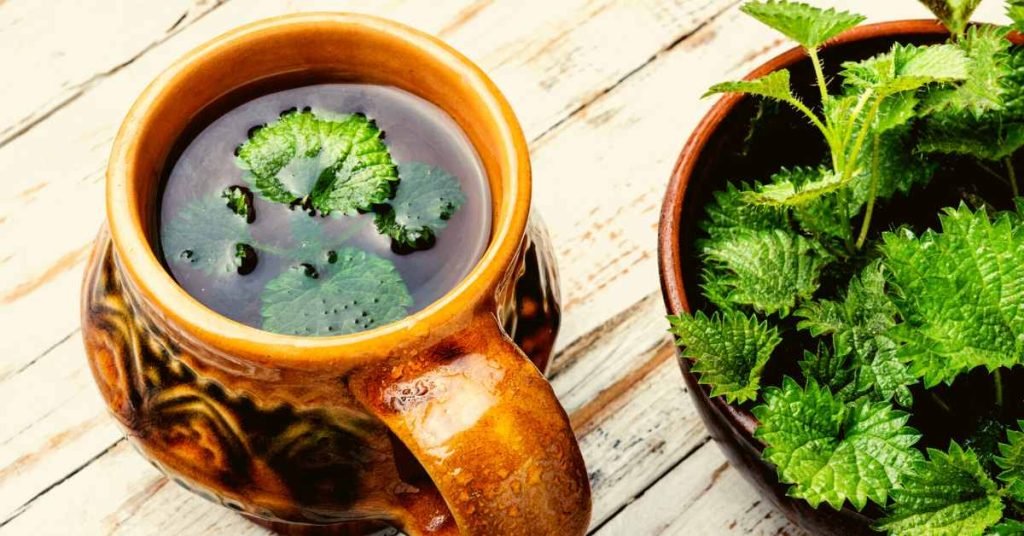Tea has been a cherished beverage for centuries, celebrated for its diverse flavors and soothing qualities.
Beyond its delightful taste, tea has also gained recognition for its potential health benefits, particularly in detoxifying the body and combating deep-seated cellulite.
In this article, we delve into the fascinating realm of tea and explore why it is considered a potent ally in the quest for a healthier, revitalized body.
Tea’s Detoxifying Power

Tea is rich in antioxidants, polyphenols, and other bioactive compounds that contribute to its potent detoxifying properties.
Antioxidants, such as catechins and flavonoids, play a crucial role in neutralizing free radicals—unstable molecules that can damage cells and contribute to various health issues, including inflammation and oxidative stress.
Green tea, in particular, has gained acclaim for its high concentration of catechins, notably epigallocatechin gallate (EGCG).
These compounds have been studied for their potential to enhance the body’s natural detoxification processes, primarily by supporting liver function.
The liver is a vital organ responsible for filtering toxins and waste from the blood, and the consumption of green tea is believed to aid in this essential detoxification function.
Moreover, tea has diuretic properties that can assist in flushing out toxins through increased urine production.
Certain herbal teas, such as dandelion and nettle tea, are renowned for their diuretic effects, promoting the elimination of excess fluids and waste from the body.
Cellulite and Tea

Cellulite, the dimpled appearance of the skin caused by fat deposits beneath the surface, is a common concern for many individuals.
While various factors contribute to the development of cellulite, including genetics, lifestyle, and hormonal changes, the potential role of tea in reducing cellulite has garnered attention.
Improved Circulation
Tea, particularly varieties containing caffeine, has been linked to improved blood circulation.
Enhanced blood flow can help reduce the appearance of cellulite by promoting the efficient transport of nutrients and oxygen to cells, aiding in the breakdown of fat deposits.
Green tea, white tea, and oolong tea are among the caffeinated options that may contribute to better circulation.
Antioxidant Defense Against Cellulite
The antioxidant-rich nature of tea extends its benefits to combating cellulite. By neutralizing free radicals and reducing oxidative stress, tea may help mitigate inflammation and support the skin’s elasticity.
This can potentially contribute to a smoother skin appearance, reducing the prominence of cellulite.
Hydration for Healthy Skin
Proper hydration is essential for maintaining healthy skin, and tea can be a hydrating alternative to sugary or caffeinated beverages. Hydrated skin tends to appear more supple and elastic, potentially minimizing the visibility of cellulite. Herbal teas like chamomile and rooibos not only contribute to hydration but also offer additional skin-soothing properties.
Detoxifying Tea Varieties

Several tea varieties are renowned for their detoxifying properties, making them particularly appealing to those seeking to cleanse their bodies and address cellulite concerns.
Green Tea:
Green tea, derived from Camellia sinensis leaves, is a powerhouse of antioxidants, with EGCG taking the lead. Studies suggest that green tea may aid in weight management and fat oxidation, potentially contributing to cellulite reduction. Regular consumption is associated with improved metabolic rate and enhanced detoxification processes.
Dandelion Tea:
Dandelion tea, made from the roots of the dandelion plant, is celebrated for its diuretic properties. By promoting urine production, dandelion tea assists in flushing out excess fluids and toxins from the body. This gentle detoxification may contribute to a reduction in cellulite and bloating.
Ginger Tea:
Ginger, a versatile root with anti-inflammatory and antioxidant properties, is often brewed into a fragrant tea. Ginger tea may stimulate circulation and promote detoxification, potentially supporting cellulite reduction. Additionally, its warming effects can enhance digestion and alleviate digestive issues that may contribute to cellulite formation.
Nettle Tea:
Nettle tea, derived from the leaves of the nettle plant, is rich in antioxidants and vitamins. Known for its diuretic properties, nettle tea may contribute to detoxification by aiding in the elimination of waste and excess fluids. Regular consumption is believed to support overall skin health, potentially influencing cellulite appearance.
Final Word

Tea, with its rich history and diverse varieties, emerges as a compelling ally in the pursuit of a detoxified body and the reduction of deep-seated cellulite.
The combination of antioxidants, diuretic properties, and potential benefits for circulation positions tea as a holistic approach to wellness.
While no single remedy can eliminate cellulite, incorporating tea into a balanced lifestyle that includes a healthy diet and regular exercise may contribute to a smoother, healthier skin appearance.
Embrace the therapeutic elixir of tea and unlock its potential to revitalize your body from the inside out.
MEDICAL DISCLAIMER
Itsnevernotteatime.com cannot and does not contain medical/health advice. The medical/health information is provided for general and educational purposes only and is not a substitute for professional advice.




